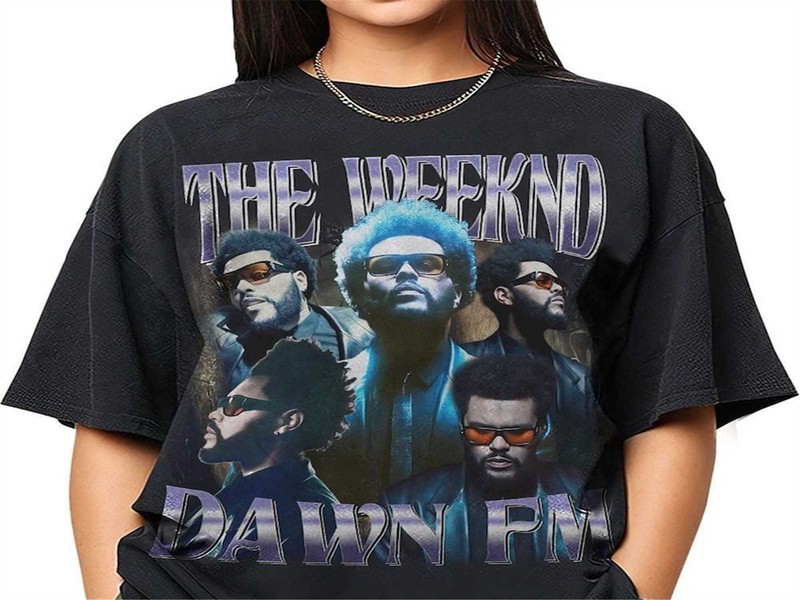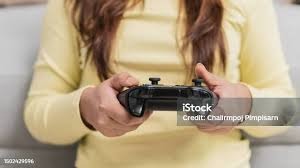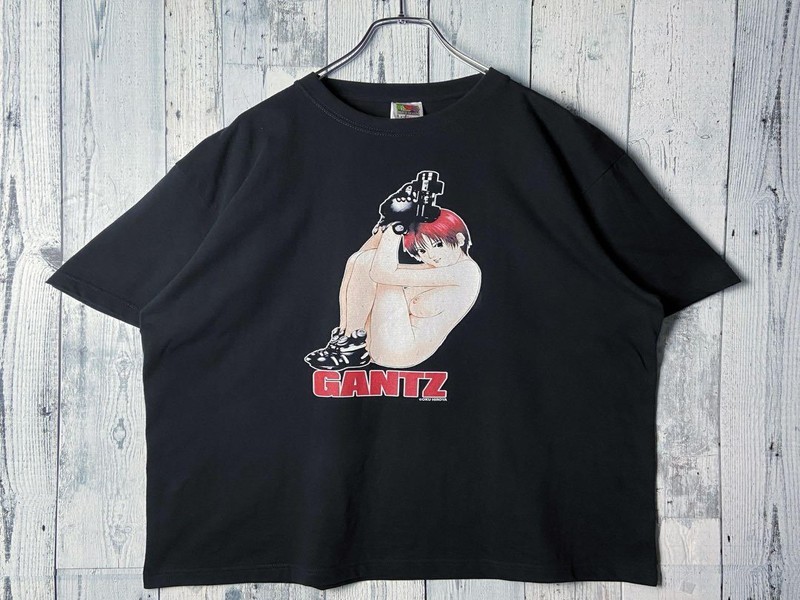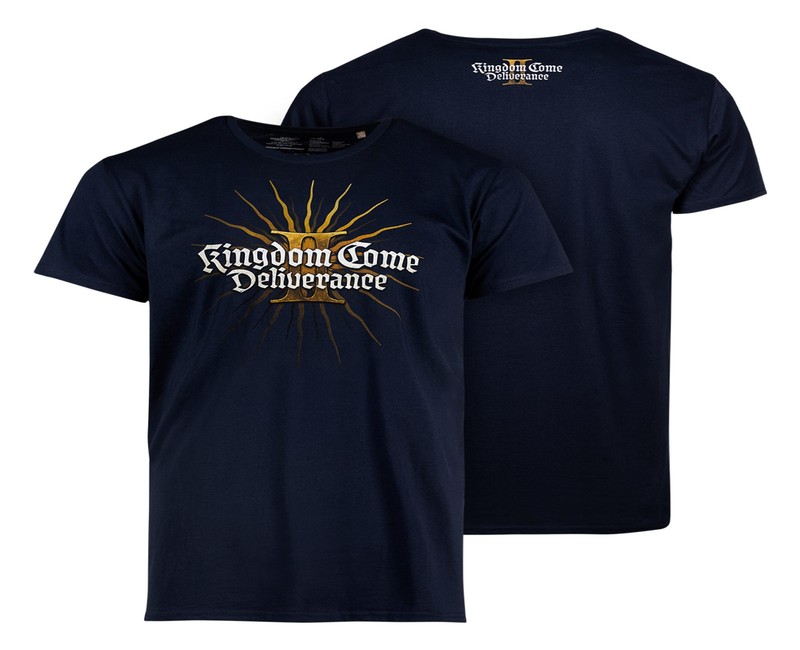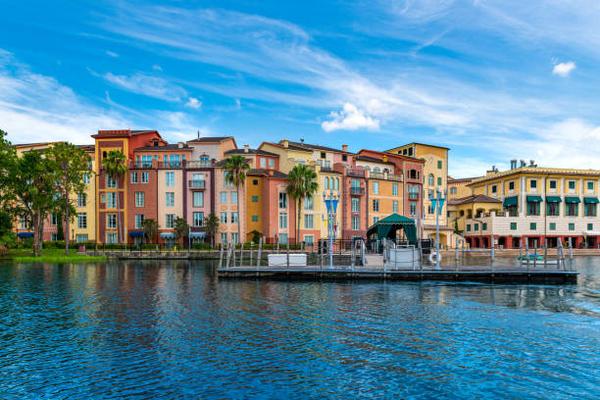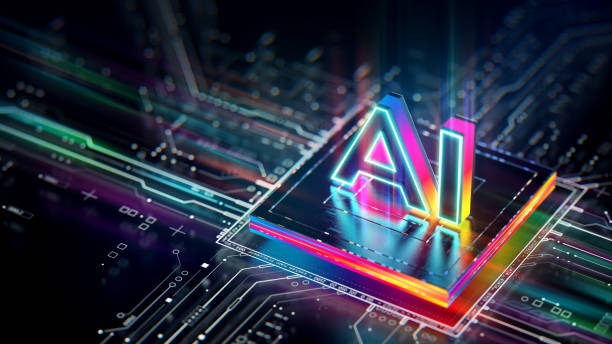Machine-Made Masterpieces How AI is Revolutionizing Image Creation
In recent years, the intersection of art and technology has taken a significant leap forward with the advent of artificial intelligence (AI) in image creation. This technological revolution is not merely an enhancement but a transformation that challenges traditional notions of creativity and artistry. AI’s role in generating images has opened new avenues for artists, designers, and creators while raising intriguing questions about originality, authorship, and the future of visual arts.
AI-driven image creation involves using algorithms to generate artwork based on vast datasets comprising millions of images. These machine-made masterpieces are crafted through processes such as neural style transfer, generative adversarial networks (GANs), and deep learning techniques. By analyzing patterns and styles from existing artworks or photographs, Image generation AI can produce novel images that often blur the line between human-created art and machine-generated content.
One remarkable aspect of AI-generated imagery is its ability to democratize art creation. Artists who may lack traditional technical skills can now leverage AI tools to bring their visions to life without needing extensive training in drawing or painting. This accessibility empowers more individuals to participate in artistic expression, leading to a diverse array of creative outputs that reflect varied perspectives and ideas.
Moreover, AI offers unprecedented opportunities for experimentation within the realm of visual arts. Artists can explore new styles by collaborating with machines that offer limitless possibilities for innovation. The iterative process between human input and machine output results in unique pieces that push boundaries beyond conventional aesthetics.
However, this technological advancement also presents challenges regarding authenticity and intellectual property rights. As machines become co-creators alongside humans, determining ownership becomes complex when both parties contribute significantly to an artwork’s final form. Establishing clear guidelines around attribution will be crucial as these collaborations continue evolving.
Despite these challenges surrounding authorship issues posed by automated artistry systems like GANs or other algorithmic approaches used today – there remains immense potential inherent within them too! For instance: imagine being able not only reimagine classic paintings but create entirely new ones inspired directly from historical periods themselves; all done seamlessly thanks largely due advancements made possible via cutting-edge technologies now available at our fingertips!
In conclusion: Machine-made masterpieces represent just one facet among many ways artificial intelligence continues revolutionizing fields previously thought exclusive domain solely reserved only those possessing innate talent alone! With each passing day bringing us closer towards fully realizing true potential offered up by combining man-machine partnerships alike – it seems inevitable we’ll see even greater strides achieved soon enough across entire spectrum encompassing everything imaginable under sun itself…and beyond!

